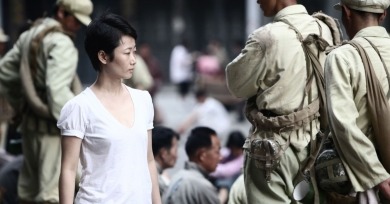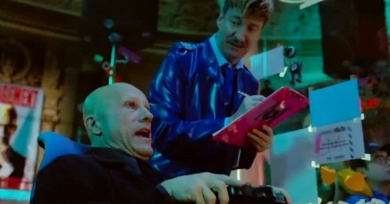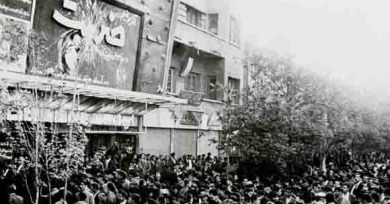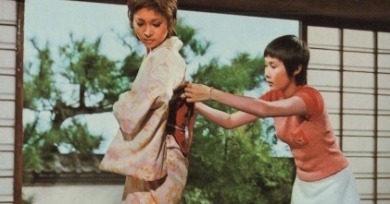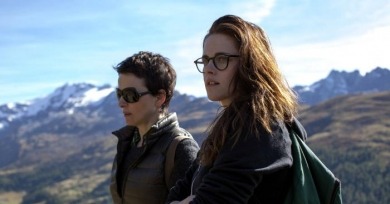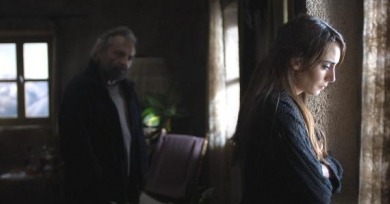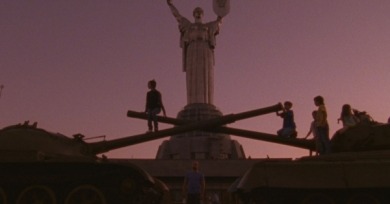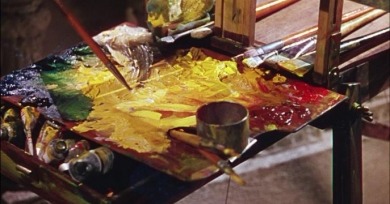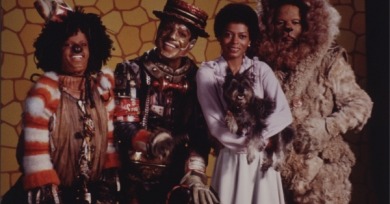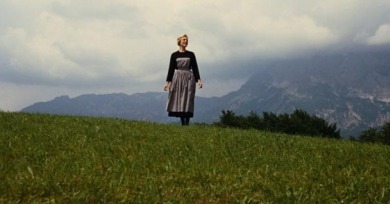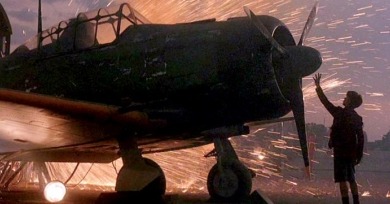Features
Jia assembles oral histories from individuals shaped by the political upheavals of the last fifty years, opening a new window onto their history and ameliorating a vacuous modernity brought upon Shanghai by the frenzy of the new millennium.
Film festival programming isn’t, and frankly should never be, an exact science.
Pedro Costa’s Horse Money, Manoel de Oliveira’s The Old Man of Belem, Gabriel Abrantes's Taprobana, Eugène Green's La Sapienza, Alexandre Larose’s brouillard - passage #14, Eric Baudelaire's Letters to Max
His new film is certainly underwhelming in my living room, but it’s hard to imagine The Zero Theorem would be much to look at in a theater either, so uninspired are its futuristic images, the likes of which we’ve grown well accustomed to since the days of Blade Runner.
The relationship between video games and film is one of love-hate in the various discourses around the two media—the creators of each often seem to both desire and reject the credibility of the other.
If being a cinephile—watching, thinking, talking, and writing about cinema—is at once a social and solitary activity, how could one begin to describe the paradoxical situation of an Iranian cinephile?
If the critical community’s collective prejudice against the “message movie” becomes rigid dogma, then it will miss out on works such as those by pioneering Hong Kong filmmaker Patrick Lung Kong.
David Cronenberg’s Maps to the Stars, Olivier Assayas's Clouds of Sils Maria, the Dardennes' Two Days, One Night, Lisandro Alonso's Jauja
Bertrand Bonello’s Saint Laurent, Mike Leigh’s Mr. Turner, Frederick Wiseman’s National Gallery, Abderrahmane Sissako’s Timbuktu, Nuri Bilge Ceylan’s Winter Sleep
The True/False Film Fest, the little doc survey that takes place in Columbia, Missouri, every late winter, is among the best programs on the continent.
With Vincente Minnelli, the idea of cinema as painting is not merely a description but a totalizing force and a thematic preoccupation.
Scorsese and Lumet, making the first and only movie musicals of their respective careers, would use the genre as a lens through which to present lively, fantastical, and critical takes on the city both men called home.
For those weaned on the cropped and cluttered television version of The Sound of Music, the widescreen view on film, in its full form, is like a breeze of crisp Alpine air.
Spielberg’s most naturalistic, emotionally penetrating work was made in the 1980s with cinematographer Allen Daviau, who shoots with a devotional warmth rarely seen in films as scrupulously designed as Spielberg’s.
